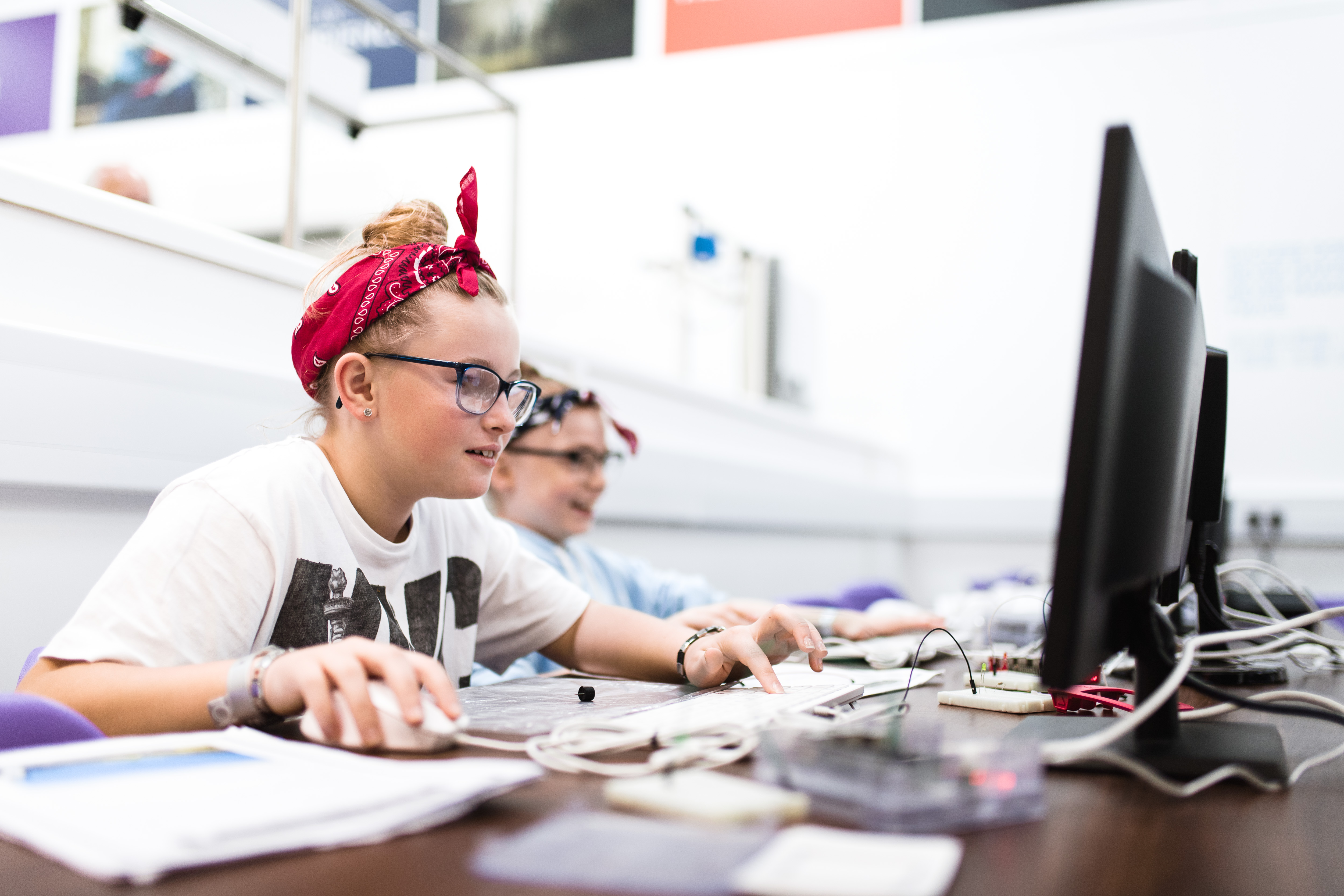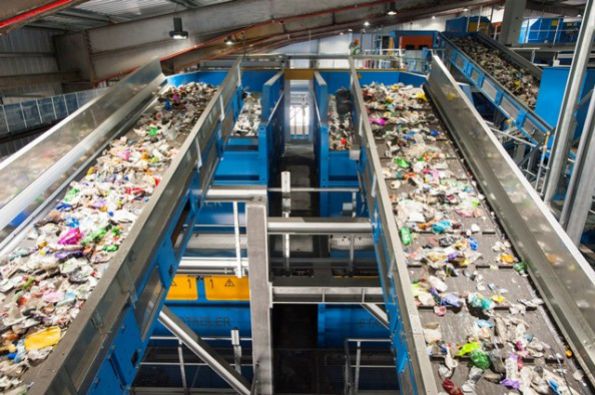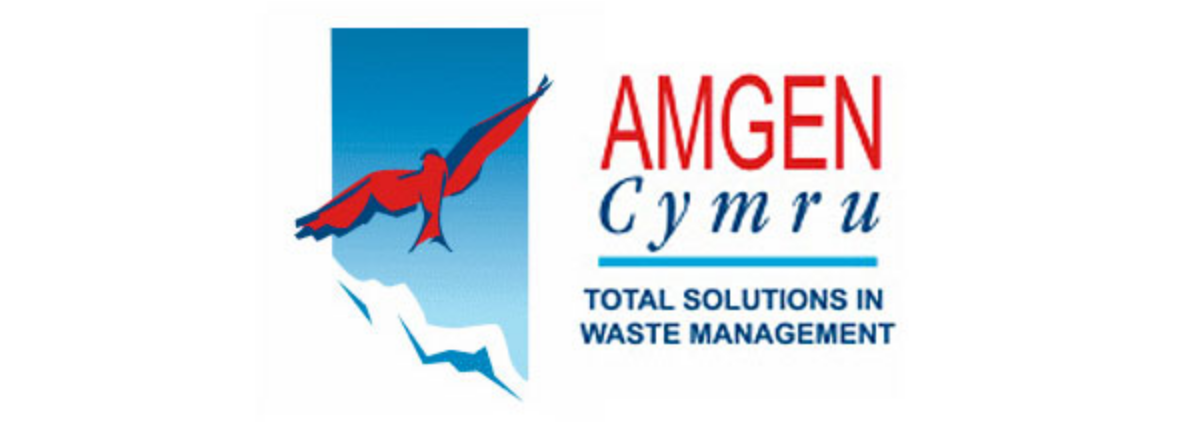Welcome back – and here goes with part two. Hopefully you have read part one and so you know that there are some beyond-fantastic industries in Wales that are doing their bit to engage and enthuse young people in STEM. You don’t need to have read part 1 to read part 2, though personally, I would always go back to the beginning to make sure I haven’t missed anything. Which reminds me that I haven’t gone back yet to see series one of Catastrophe. I know.
1. Sony UK Technology Centre

Well, once again, we’re starting with an organisation that just gets it. Now, don’t ask me to choose between Renishaw and Sony. I hadn’t visited Sony when I wrote the first part of the blog but, suffice to say, I have a new joint-favourite. So let’s applaud Sony for one of the very best opportunities in South Wales for pupils to really engage in real-world science and technology.
As with every organisation, it’s the people that make it, and I was welcomed by two wonderful ambassadors for Sony, Kalina Konova and Louise John. It’s always great to hear about industries from those who love working there.
I learnt that Sony in Bridgend is the only Sony Technology Centre in the whole of the UK. And the whole of Europe. Now that’s a surprise right there. Apparently, we’ve got Prince Charles to thank for that, since in the 1970s he recommended to the Japanese founders that Sony should have a base in Wales. It’s great that Sony is still a big part of our economy nearly fifty years on. The same can’t be said of the tie-dye shirt or the bell bottom trouser.
On to the factory tour. The plant in Pencoed makes broadcast-quality equipment, so anything you see at sports events, like the World Cup, is likely to have been recorded on a Sony camera and associated equipment. I loved the clean room where the fronts of cameras are manufactured. It’s such precision work that even a spot of dust can ruin the process. There’s a dust monitor that can be seen by those outside the room, which always registers zero dust. I’m told that schools love it when the operator in the room, clad in protective gear from head to foot, causes the monitor to change by simply clapping his hands next to it, sending dust flying into the air.
I was also struck by the process of making the Raspberry Pi computers onsite, which also includes some collaborative robotics. The robots look like mechanised people hunched over their work, with arms that do the same thing over and over again, but with a sort of flourish. I found this type of automation mesmerising.
Next we went to the education centre where a primary school class had been working all morning, starting with a Sonic Pi workshop and then one on Minecraft, introducing coding languages Scratch and Python. The excitement was palpable.
As with Welsh Water, Sony’s educators are seconded teachers, so ensuring not only that what they offer is absolutely right for teachers’ and pupils’ needs, but also that the offer remains current and relevant. It was great to meet Steve Lewis, who is currently seconded part-time to Sony, in a short break between workshops, who explained that the offer from Sony was a great practical way to support the development of computational thinking.
So what’s on offer at Sony Education Centre?
Sony works with schools Mondays to Thursdays. Their 2-day digital competency programme runs on Mondays and Tuesdays. On Monday pupils make a short film using broadcast cameras; this includes coming up with an idea, writing the script, filming and editing. On day 2 pupils have a tour of the factory and take part in a coding workshop. Sony also offers stand-alone coding sessions for years 4-6 on Mondays.
Wednesdays and Thursdays are reserved for work with the Ospreys and the Engineering Education Scheme for Wales. More information about these opportunities can be seen here:
http://www.ospreysrugby.com/Page/Content/1645
What about practicalities? Sony has room for your pupils to eat their packed lunches. It is close to junction 35 of the M4 and there’s lots of parking onsite.
If you would like to visit you’d better be quick – it books quickly. Here’s the link:
I’ll leave you with a quote from Steve Lewis, from their website:
It’s fantastic to see the excitement and thrill that the children experience when they go from their first beeps to a complete soundtrack using Sonic Pi in only a few minutes, or when they ask if they can add another component to their circuit ‘to see what happens.
As teachers, it’s fantastic to see this enthusiasm, but the programme has the greatest impact on the children themselves. I bumped into a parent whose child attended one of the first Raspberry Pi coding days and found out that her daughter is now studying Computer Science GCSE. This is the kind of impact we want to see.‘
2. Viridor

If you live in South Wales and thought that your household waste was sent to landfill, then you need to visit Viridor Energy Recovery Facility in Cardiff. It’s been open since 2014 and now takes waste from Cardiff, Newport, Monmouthshire, Vale of Glamorgan and Caerphilly, as well as generating power. In fact, very little of the waste remains after it has been through the centre, and you can visit the facility to find out how.
I had a tour with Viridor’s Education Officer, Dewi Griffiths. Dewi showed me what schools are offered and, apart from confirming my fear of heights, I was bowled over by the attention to recovering as much of our waste as possible and repurposing it into new materials or energy.*
The tour starts in their education centre and takes 2 hours. You can take a class-sized group and it will be divided into two. Whilst the first group has a presentation about the work in the factory, the second has time in the interactive gallery. Here there are exhibits that mirror exactly what the children will see when they tour the facility, including a claw to pick up the newly-delivered waste, and a simulated fire which produces steam which then turns a turbine. There is also a sorting game, information about jobs onsite, a word search and a barcode exhibit.
But nothing prepares you for vastness of the operation. We started the tour in the control room and saw the enormous entrance space below where trucks drive in with their waste. The visit doesn’t include a visit to the entrance space – it is enough I think to imagine the smell in there. The waste is unloaded from the trucks into a big room. In the control room above, an operator moves two enormous claws over the mound of waste and lifts a claw-ful from the first room to the next, where the waste is lined up to enter the furnace.
Visitors then exit the control room and go to the ground floor where they are shown the passage of the waste and the recovered materials from the furnace. They’ll see piles of metal that are recovered with magnets, and ash that is then repurposed as building bricks.
Dewi told me that at the end of the process very little is wasted; the material exiting the chimney is mostly steam and the whole facility generates enough electricity to power 50,000 homes.
*Just to put this into perspective, I get nervous on the escalator at John Lewis. There is no danger at all in Viridor, and the parts where you are high above the action are fully enclosed.
So on to booking. You can do that here:
https://viridor.co.uk/our-operations/energy/energy-recovery-facilities/cardiff-erf/visitor-centre/
There is ample parking onsite.
The visit really made me feel that things have changed with respect to addressing the enormous levels of waste that we produce daily. With so many examples of the ways that we are destroying the planet seemingly reported daily, I think this positive message will help children to see that, whilst there is plenty still to be done, it is possible to do things differently for the sake of the planet. Wouldn’t it be great if the visit inspired them to be our future game-changers?
3. RCT Education Centre

Rhondda Cynon Taf County Borough Council is set to re-open its education centre to introduce the concepts of waste reduction and recycling, and to see these in practice. It’s only open to residents, schools and community groups in RCT, and if you’d like to register your interest for a visit when they open, then email here: recycling@rctcbc.gov.uk
So that’s it. Please share these wonderful initatives with teachers in South Wales so that we can celebrate those companies that are really making a difference by engaging young people in real-world STEM. And if you know someone who works in a STEM industry, please share with them too. You never know, maybe some decision makers out there are looking for ideas as to how they can support our next generation of scientists and engineers, and isn’t this a great place to start?
